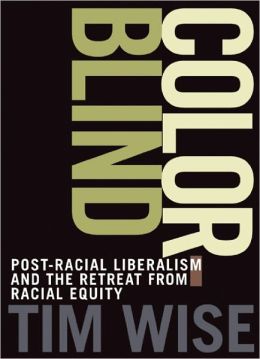Reflection
Now we know
that people with disabilities can learn and have a full, rich life. The
challenge is to erase negative attitudes about people with develop mental
disabilities, get rid of the stereotypes and break the barriers for people with
disabilities. (Kingsley, 1996, p. 6). Most of the time individuals put labels
on people with develop- mental disabilities because they don’t see deep within
that individual to actually come to the realization that they are just like us.
They feel, learn, and do many of the things we can. We tend to focus more on
their apparent differences instead of their similarities to us, which then
leads to the creation of these dominant barriers which disables us to see that
we are all humans. In my high school the children in the special education
classes were basically a joke. There was this one boy who really liked receiving
hugs from girls. He had the tendency of hugging for too long and tight, so his
teachers would only let him hug if he promised to let go. The sad part is that
none of the girls wanted hugs from him and instead began laughing and ran away.
I can remember how frightened and upset he was just by looking at his face. So I
took action and every morning I would give him a giant bear hug, I could see
the excitement and joy I brought to him just by looking in his eyes. It made me
sad to see how he, and along with his peers were treated so differently by the
other students. This reminded me of SCWAAMP because I believe that in society
there are things that we value and sadly develop-mental disabilities or even
any disability in general is not valued.
Question to ask: Has this ever happened in any of the other high schools you guys attended?




